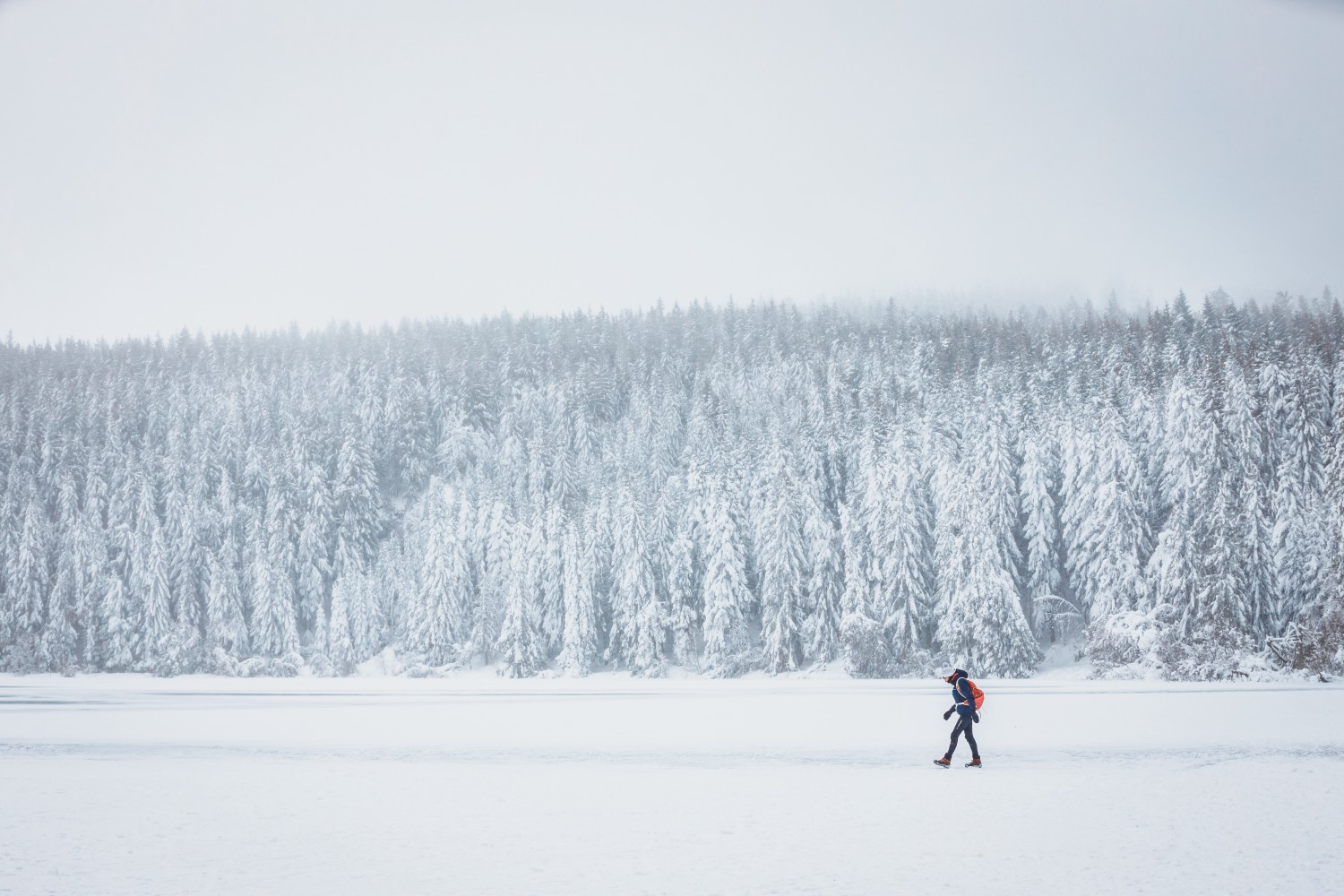Before you go any further...
I've read and accept the Terms of Use and the Privacy Policy.
I accept to receive newsletter and other communications associated with firms of The Explorers Network group'
I accept to receive commercial offers of The Explorers Network partners'.
Thanks!
Vote everyday for your favorite content
SENSITIVE CONTENT
This media contains sensitive content which some people may find disturbing or offensive.
You must be 15 years of age or older to view sensitive content.
Log inBirthday
Content being validated
THE EXPLORERS +
Watch our premium movies
The Explorers + is our premium movie catalog in Ultra High Definition (HD/4K/8K)! Hundreds of videos already available and daily new content on all your devices (web, mobile, tablets, smart TV).
Post content (photo or video) and get 1-month free
OR
Subscribe and support The Explorers Foundation's field actions for biodiversity.

Content being validated
Activities on a frozen lake
0
0
The various sports activities that can be practiced on the icy surface of a lake, from hiking to snowmobiling, require an appropriate ice thickness. A 3.9 in (10 cm) thick ice would support a weight of about 198 lbs (90 kg), allowing the passage of a hiker or a cross-country skier. On the other hand, it would take 4.7 in (12 cm) of ice to circulate with a snowmobile of about 793 lbs (360 kg) and between 7.8 and 11.8 in (20 and 30 cm) to support the weight of a car or a group of walkers. Beyond 11.8 in (30 cm), it is even theoretically possible to cross a body of frozen water in a 4X4 or a van.
Related content

Médias en cours d’exploration

